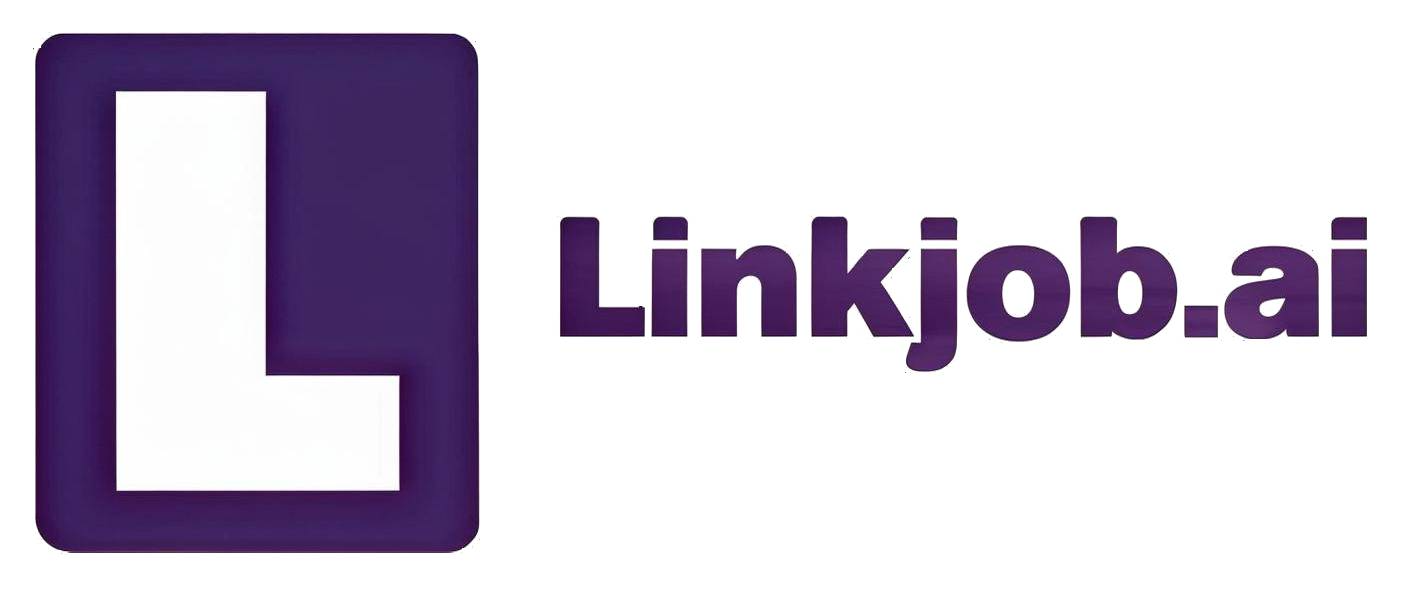How I Crushed SIG's CodeSignal Assessment : My Interview Story
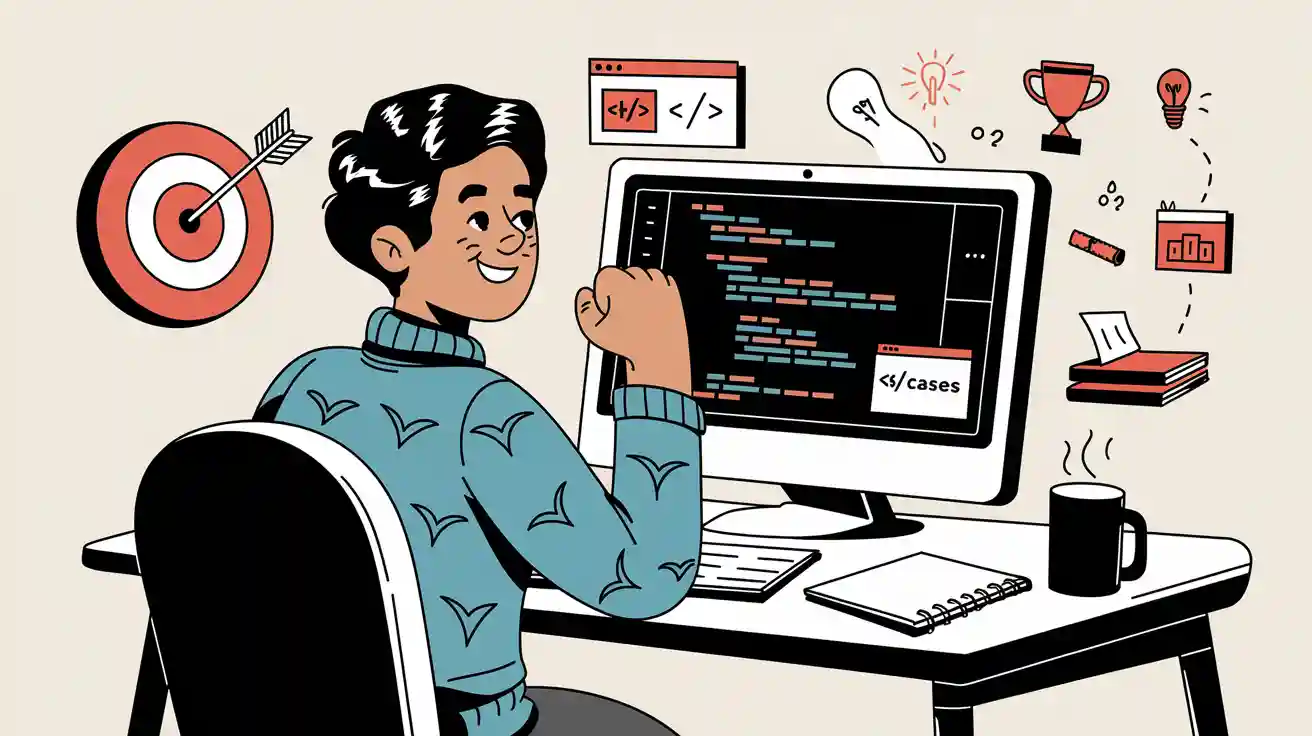
The following is my own experience with SIG CodeSignal, consisting of a total of four questions.
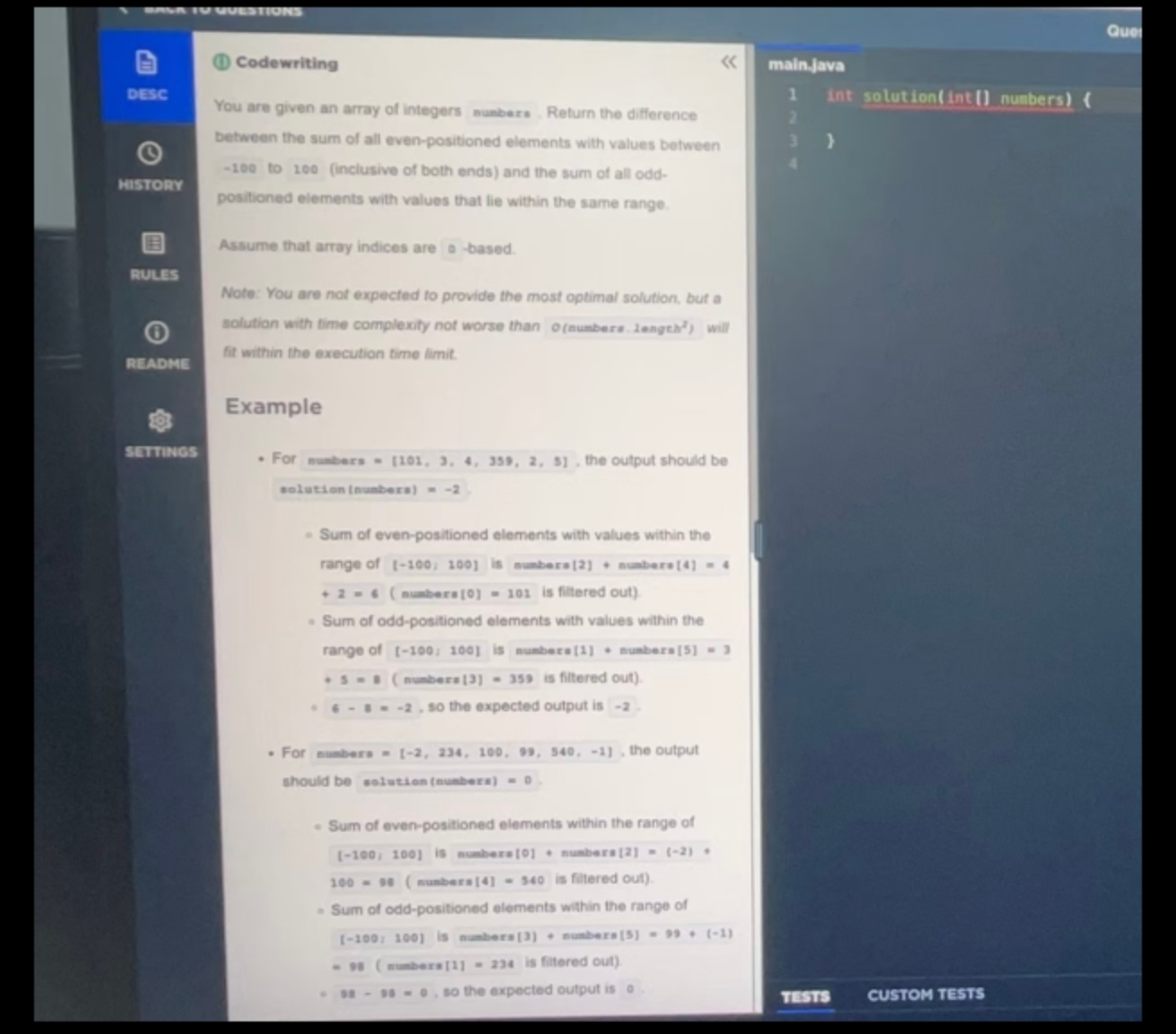
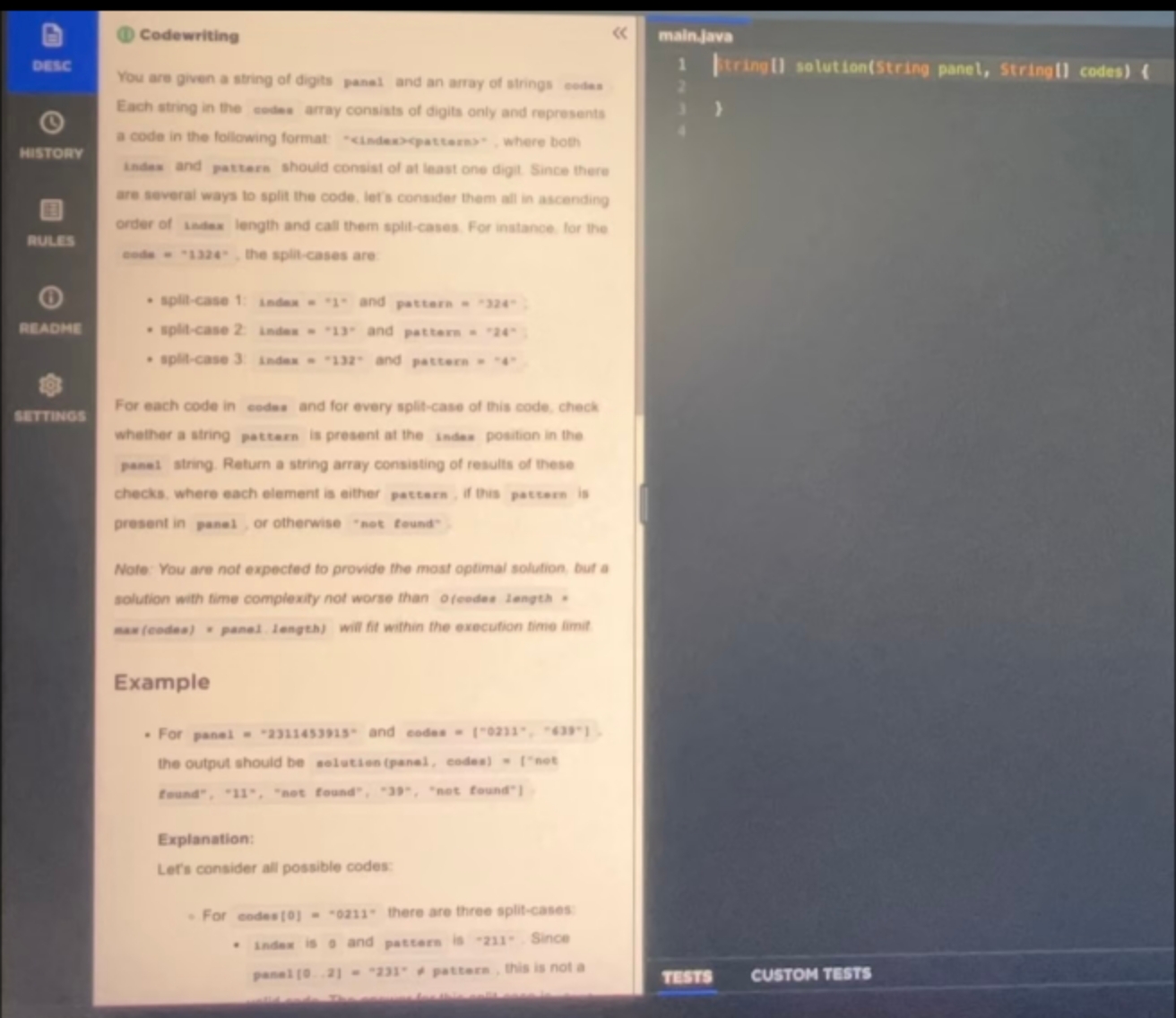
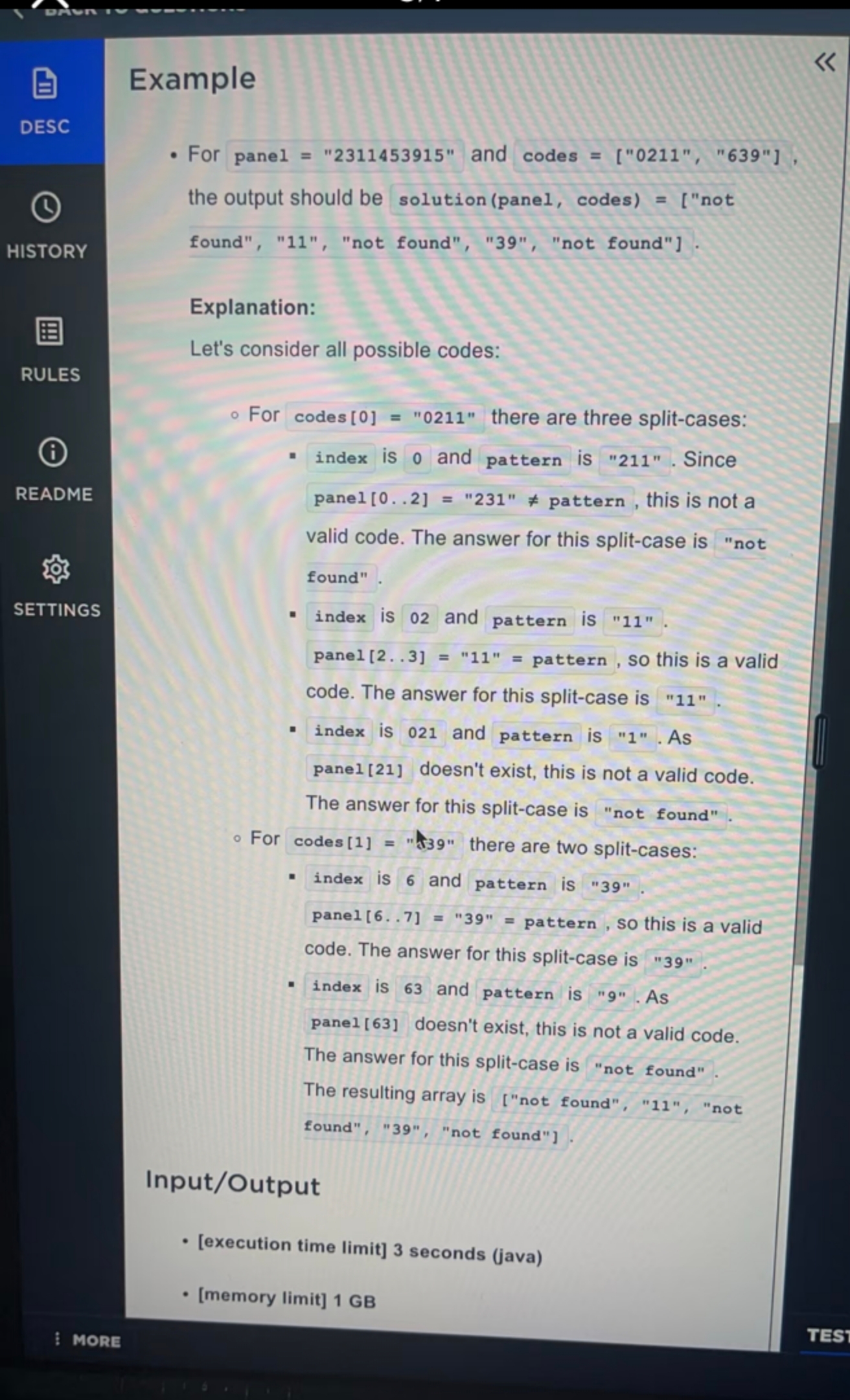
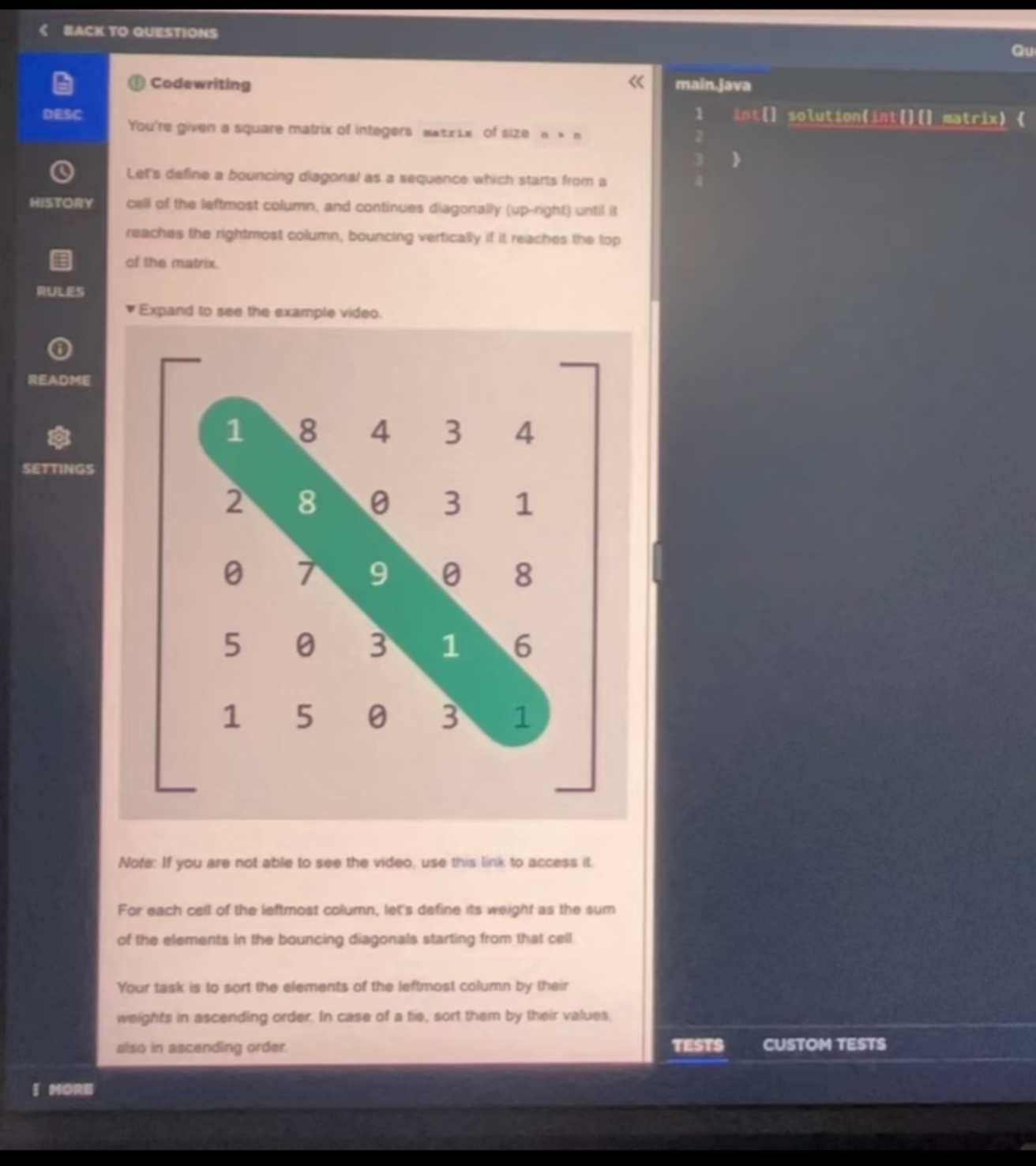
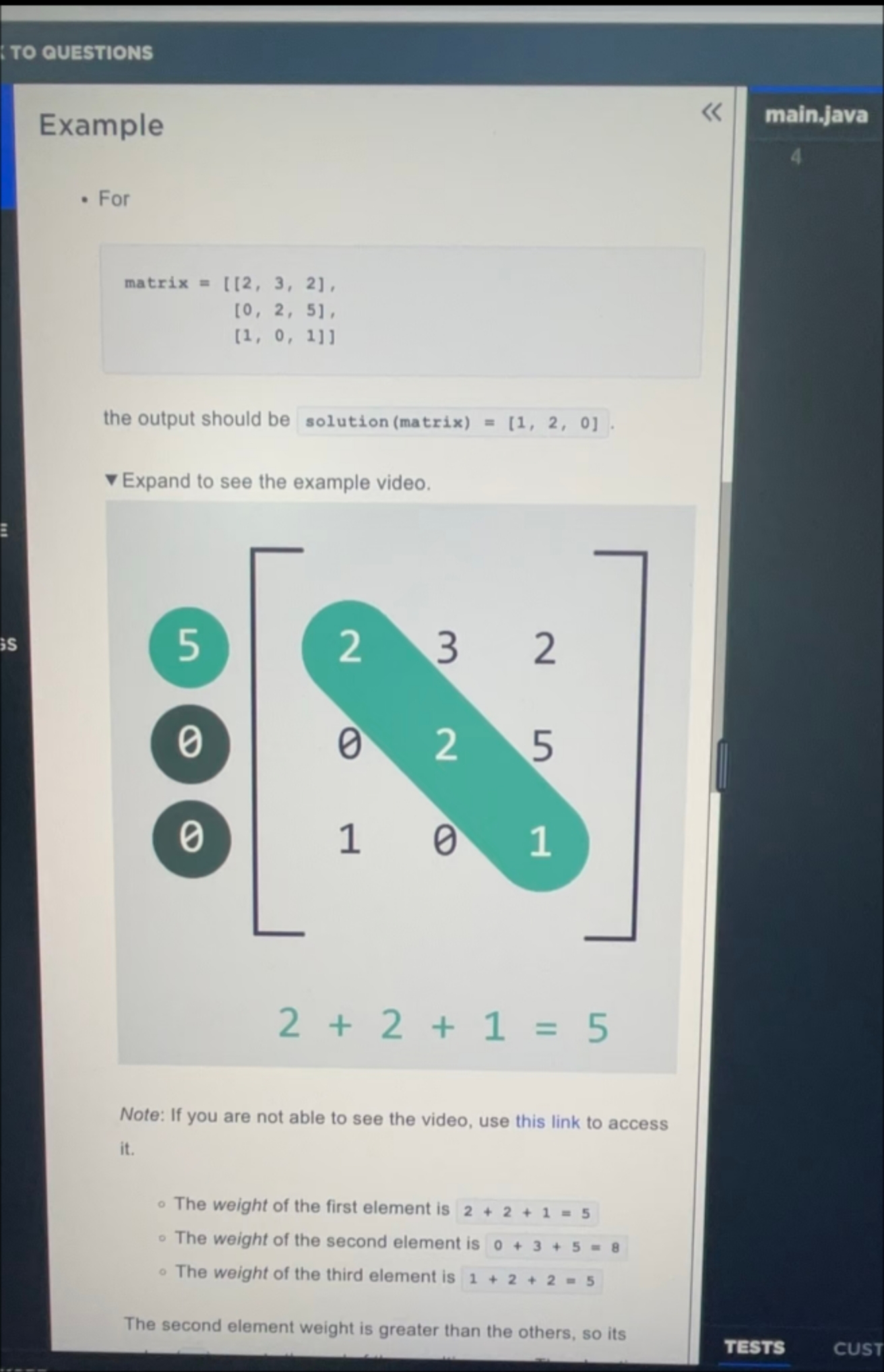
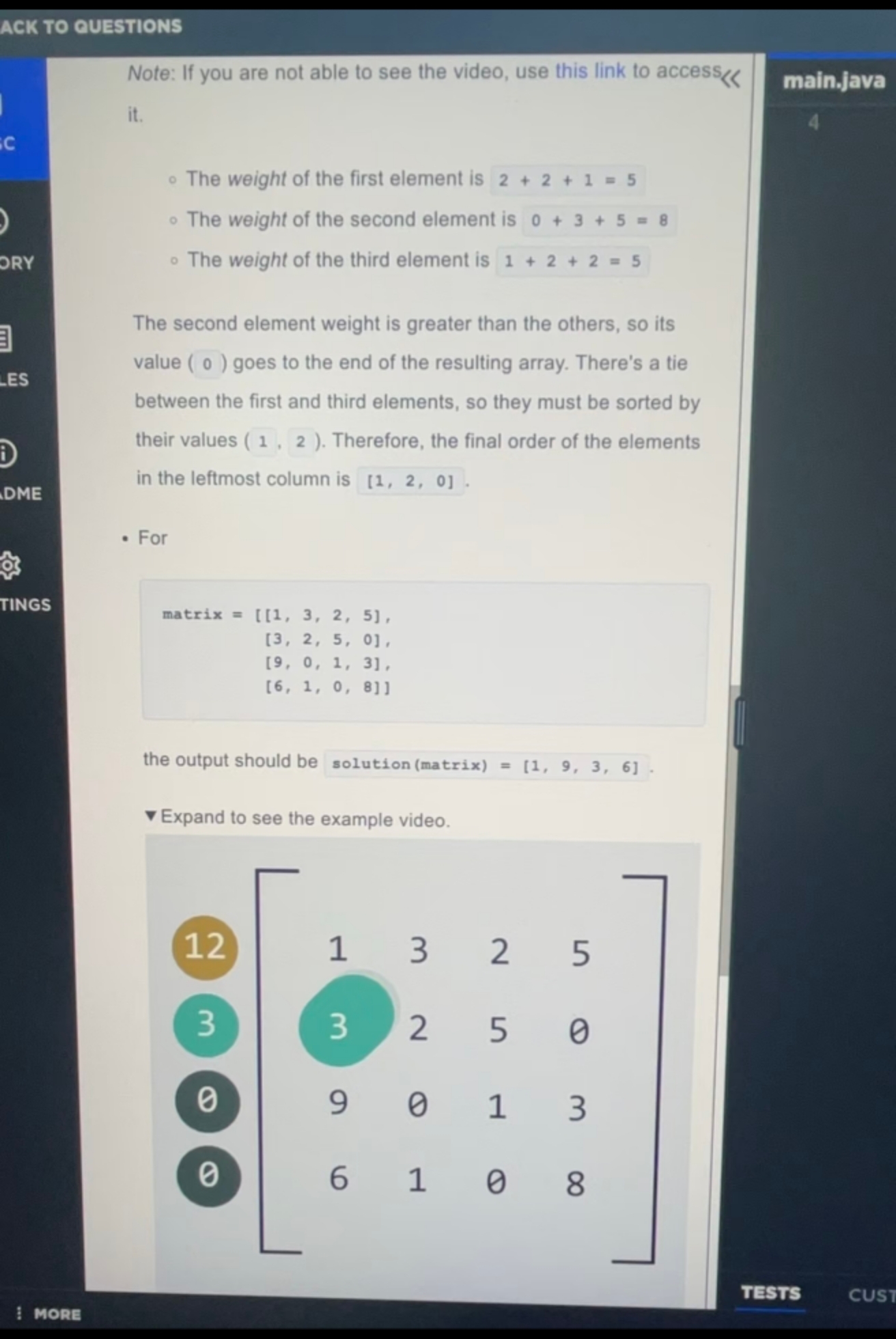
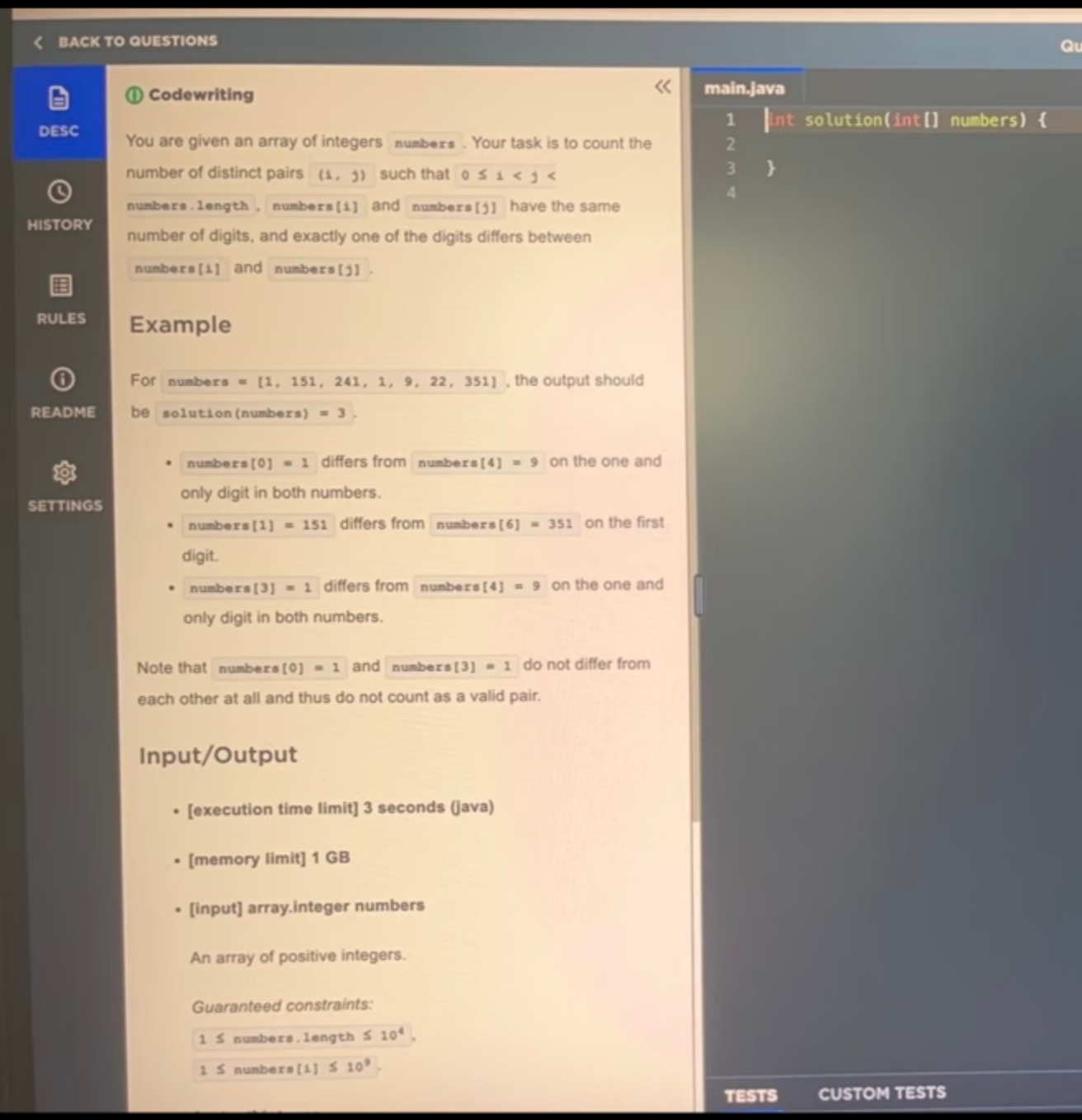
1.Not too difficult, so I won't go into details.
2.This one's testing strings—just slice the left part as the index and query the right substring, and you're good.
3.The problem is basically: starting from each point on the leftmost column, bounce toward the upper-right corner. If you hit a wall, switch to lower-right. Each starting point traces a path, then sum up the values along the paths or whatever and sort them. Just simulate it, track the totals for each starting point, and sort. Note that the vertical coordinate i starts at -1 and keeps going until it hits a wall, then flips to +1, while j just keeps incrementing +1. It's a bit tricky to think through.
4.First, treat each number as a string with length at most 10. Since any index could be the differing digit, for a number of length n, there are n possible matches. For example, 123 could be 23, 13, or 12*, where * is a wildcard matching any digit. Then, generate all wildcard patterns for each number and use the pattern as a key to count occurrences. The solution approach for this problem was inspired by Linkjob.ai—it's a super handy AI interview assistant, totally invisible during official CodeSignal tests, and I highly recommend it to everyone.
Deduplication issue?
Let's look at indices i and j:
a. If i and j differ in more than one digit, it doesn't match.
b. If i and j differ in exactly one digit, only one of their patterns will match.
c. If i and j are identical, all their patterns will match. But we're only considering the exactly-one-difference case, so we need to remove these matches. For each extra match, just record how many times the number appears.

SIG CodeSignal Past Real Questions
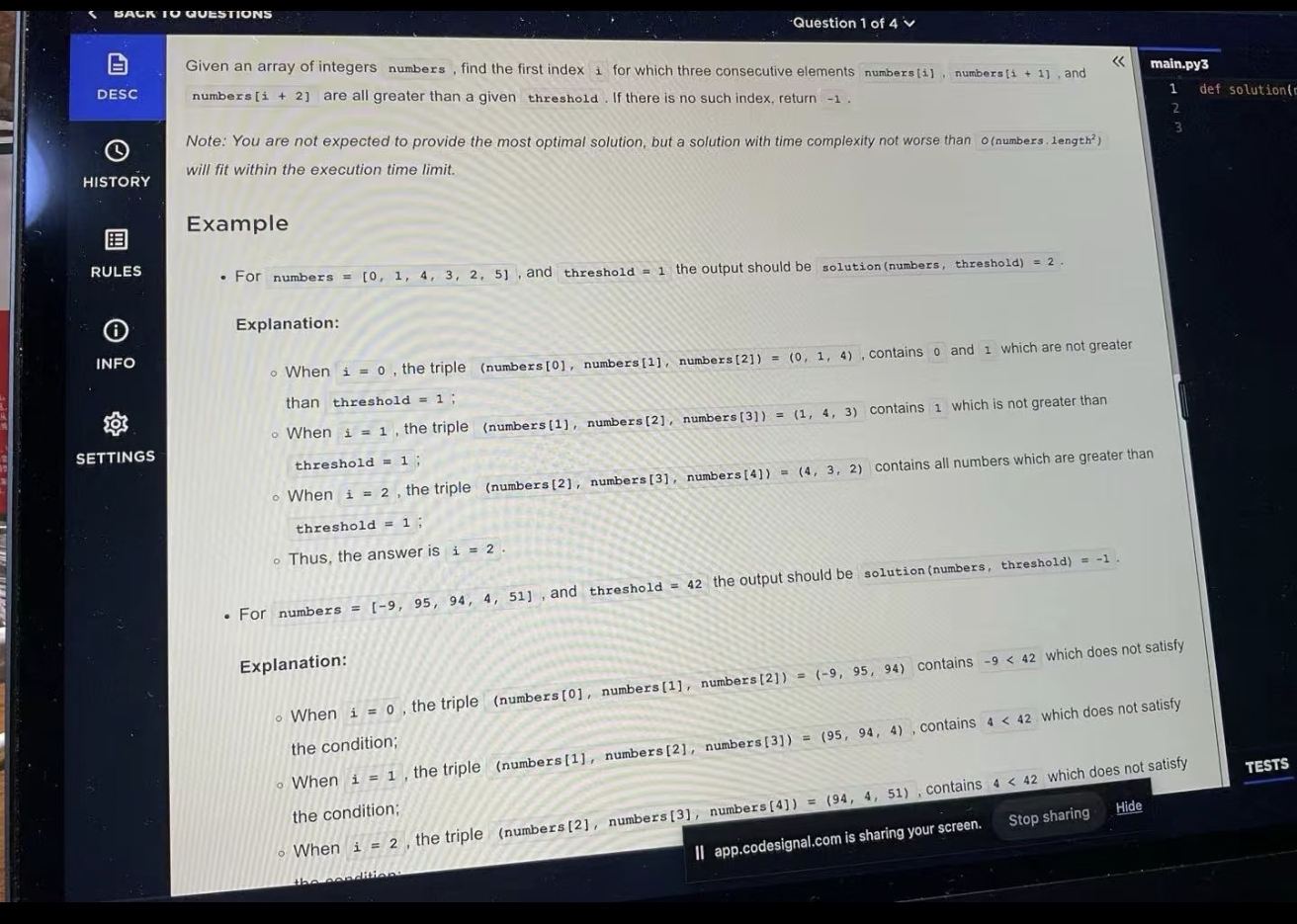
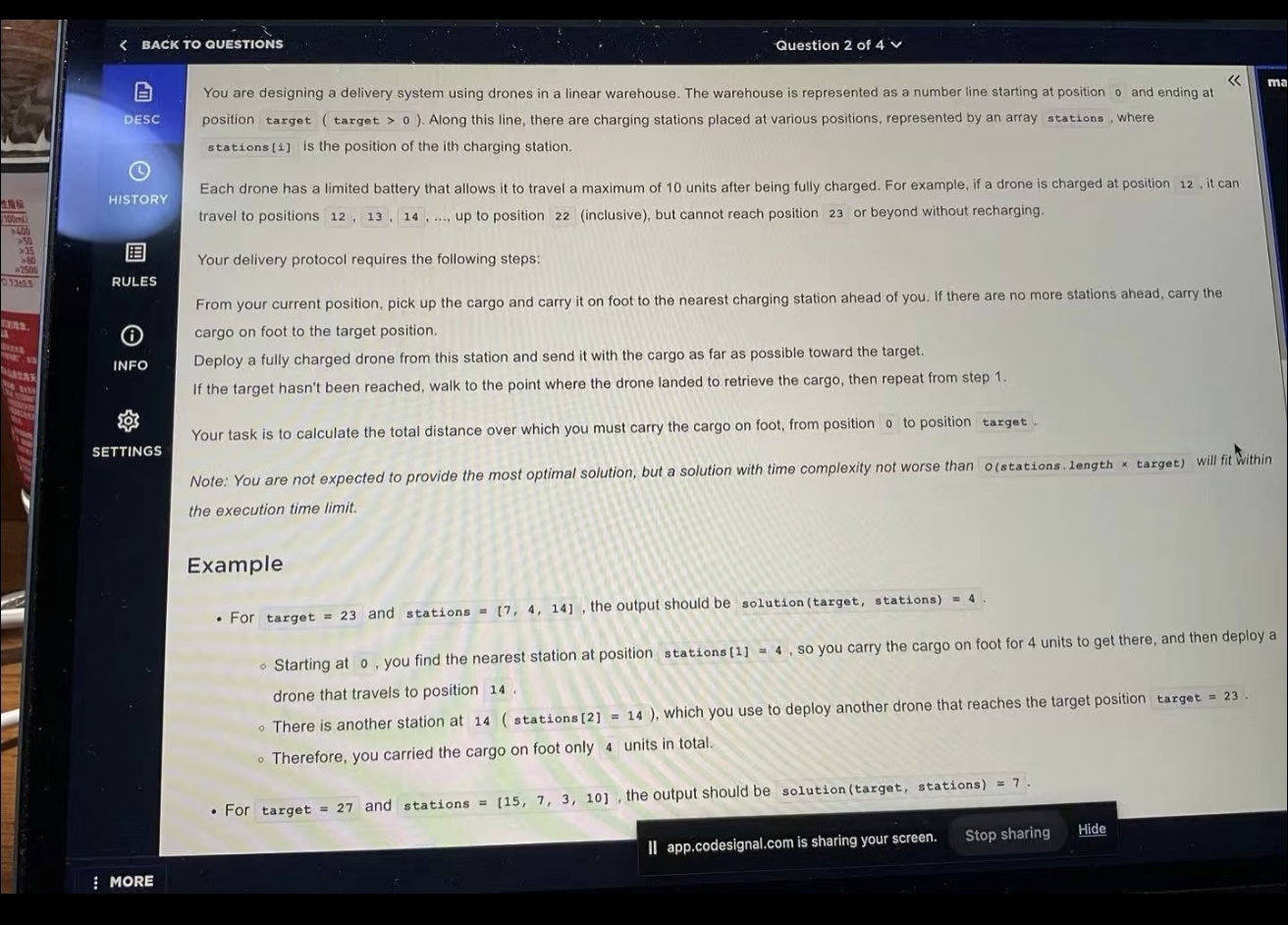
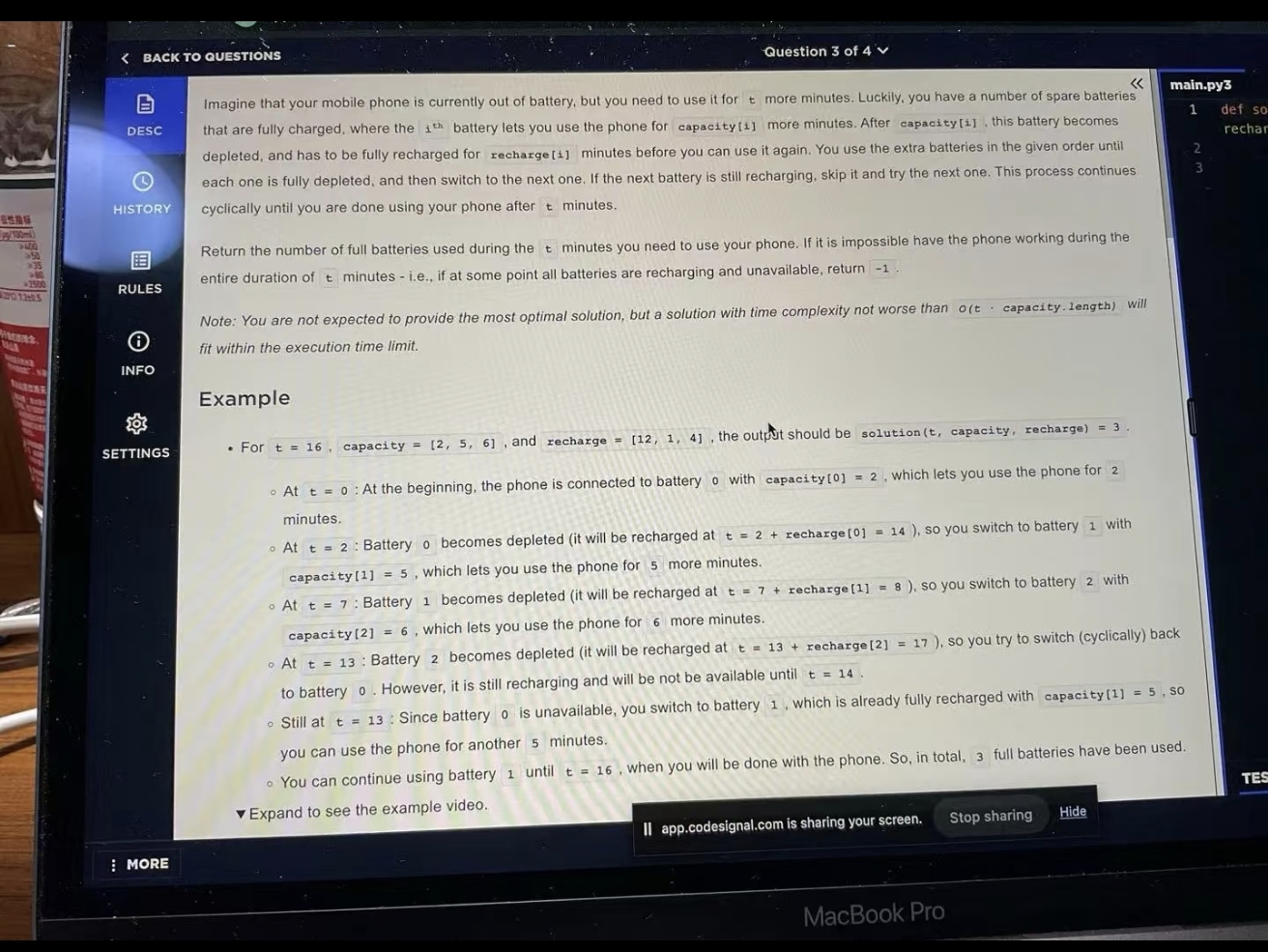
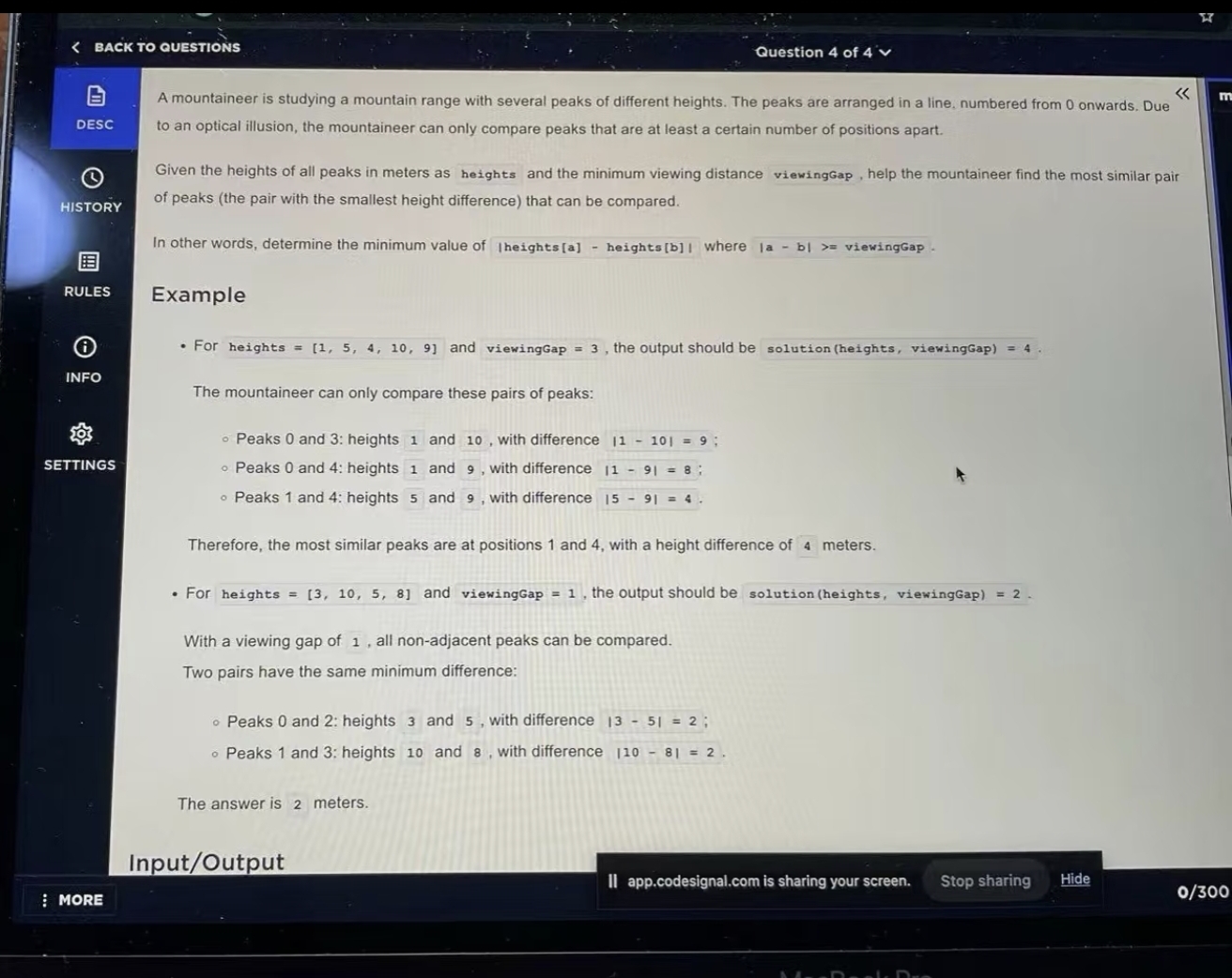
This is the SIG CodeSignal OA that I collected myself a while back.
T1: Just do a single pass and check every three adjacent elements.
T2: The target is only 1000, so you can straightforwardly use DP. First sort the stations, and let f[i] represent the number of steps needed to reach position i. f[i] can equal f[i-1] + 1; if the current position is a station, then update f[i+10] = f[i].
T3: Implementation problem—just follow the problem description to implement it.
T4: Use binary search or a TreeSet data structure to find the two closest positions above and below height[i] in the range before i - gap, then update the answer.
Susquehanna International Group CodeSignal
Format
The assessment gave me 75 minutes to solve 4 coding questions. I could choose from several programming languages, I stuck with Python since I felt most comfortable with it. Here are some of the languages you might see:
Java
JavaScript
Python
React
Ruby
Swift
Most people use Python, but you can pick what works best for you. The platform felt smooth and easy to use, which helped me focus on the problems.
Question Types
The Susquehanna International Group codesignal questions covered a mix of topics, Including data structures, algorithms, trees, and graphs. Some questions asked me to work with arrays or linked lists. Others wanted me to find patterns or build something new from scratch.
Arrays and strings
Trees and graphs
Basic algorithms
2D matrix manipulation
These topics show up a lot, so getting comfortable with them really helps.
Difficulty
The Susquehanna International Group codesignal starts easy and gets harder. Here’s a quick look at how the questions usually break down:
Question Number | LC Difficulty Level | Description |
|---|---|---|
1 | Easy | This is meant to be the warm-up, and is a really easy problem that should be breezed through. |
2 | Easy | This is also meant to be a warm-up, but slightly more difficult than the first question. |
3 | Medium to Medium-Hard | This question usually involves manipulating a 2D matrix. It may require complex traversal. |
4 | Medium to Hard | This question often involves detecting a pattern or constructing a data structure. |
I always try to finish the first two questions quickly. That gives me more time for the tougher ones at the end. The Susquehanna International Group codesignal is a key step before the next interviews, so doing well here really matters.
Preparation Strategy
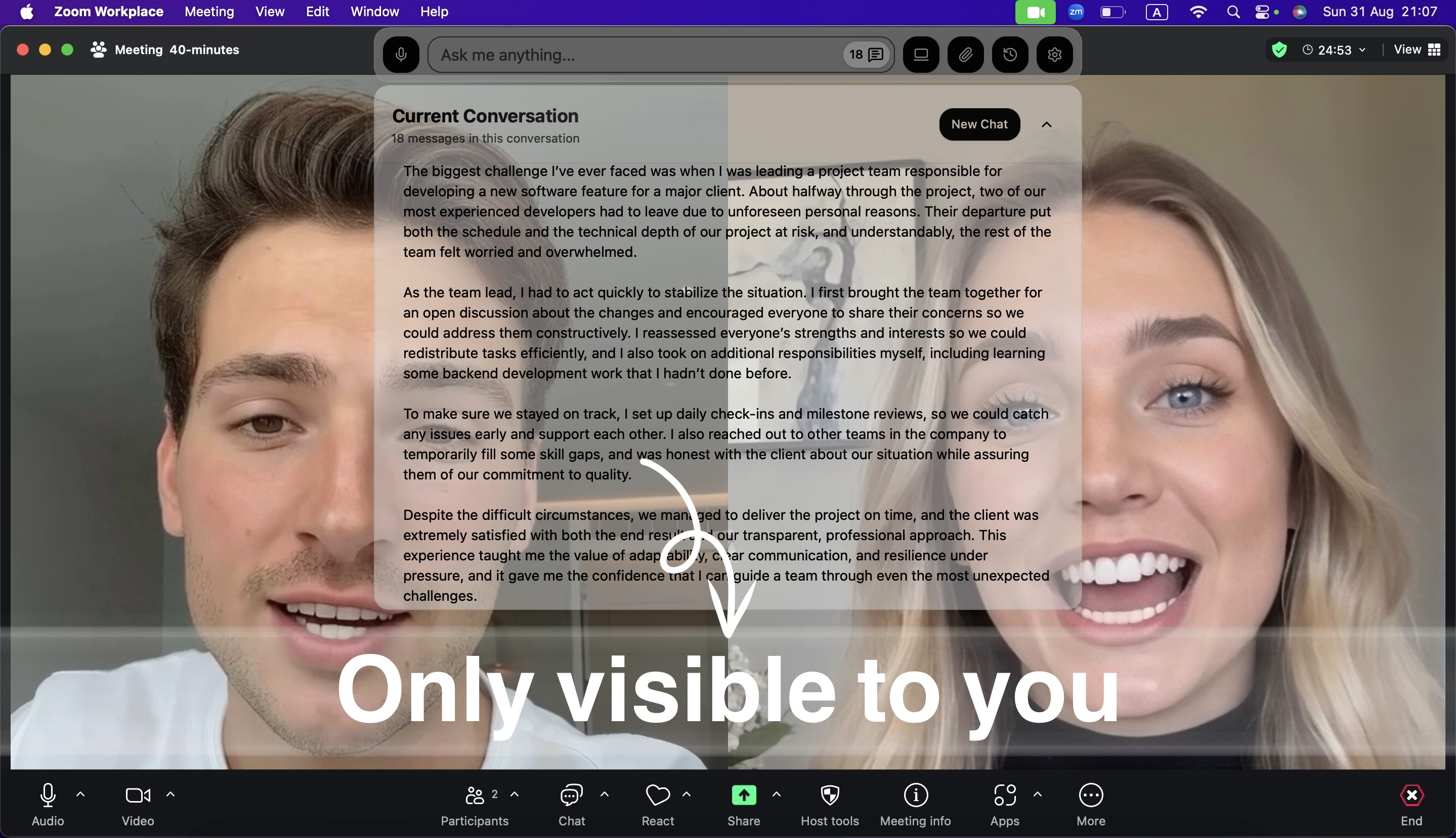
Study Resources
When I started preparing for the Susquehanna International Group codesignal, I wanted to make sure I used the best resources out there. I spent a lot of time on LeetCode and CodeSignal, solving as many problems as I could. These platforms helped me get used to the types of questions I would see on the real test. I also found some specialized courses and practice tests that focused on the SIG assessment. By the way, Linkjob.ai also provides AI-simulated interview practice for SIG.
Tip: Don’t just stick to one resource. Mix things up to keep your practice fresh and cover more ground.
Key Topics
I noticed that the Susquehanna International Group codesignal loves to test certain topics. I made a list and focused my study sessions on these areas. Here’s what I paid the most attention to:
Topic | Why It Matters |
|---|---|
Arrays & Strings | Show up in almost every assessment |
Trees & Graphs | Test your ability to work with structures |
Basic Algorithms | Core to solving most coding problems |
2D Matrix Problems | Often appear in medium or hard questions |
Practice Routine
I set up a daily routine that kept me on track. Every day, I picked a few problems from LeetCode or CodeSignal and timed myself. I tried to finish the easy ones in under 10 minutes and gave myself a bit more time for the harder ones. I also practiced with sample CodeSignal GCA problems to get used to the format. Here’s what my weekly routine looked like:
Solve 2-3 easy problems and 1-2 medium problems each day.
Spend one day a week reviewing trees, graphs, and 2D matrix questions.
Submit every solution, even if it wasn’t perfect. Partial solutions can still earn points.
Test Experience
Time Management
Time management made a huge difference for me during the SIG CodeSignal assessment. Here’s what worked best for me:
I got familiar with the coding platform before the timer started. Knowing where everything was saved me from panicking later.
A quick outline helped me avoid silly mistakes.
I used code snippets and built-in libraries when possible, but I made sure I understood what they did.
I aimed to get a working solution first, then improved it if I had extra time.
Tip: Don’t chase perfection on your first try. Get something working, then polish it if you can.
Handling Challenges
I faced a few tough moments during the test. Some questions felt much harder than others. Here’s a quick look at the main challenges I ran into:
Challenge Type | Description |
|---|---|
Coding Difficulty | Medium to hard LeetCode-style questions really tested my problem-solving skills. |
Technical Skills | I needed to know my data structures and algorithms inside out. |
Language Proficiency | Being comfortable with Python helped me move faster. |
After the Assessment
Next Steps
Once I finished the CodeSignal assessment, I waited for the next steps. Here’s what happened after I submitted my test:
First Phone Interview: I got a call from an HR representative. We talked about my resume, my background, and why I wanted to join SIG.
Second Interview: I spoke with someone from the SIG Development Team. This round focused more on my understanding of probability, trading, and markets.
Face-to-Face Interview: I got invited for an in-person interview. This was the final step before getting an offer.
Tip: I have to say, the SIG CodeSignal scores are still pretty important. Preparation builds confidence. A positive mindset makes all the difference. Keep pushing, and you’ll surprise yourself with what you can achieve! 🚀
FAQ
How much time should I spend preparing for the SIG CodeSignal?
I found that one to two hours a day worked best for me. I kept my sessions short but consistent. Daily practice helped me remember key concepts.
What should I do if I get stuck on a question during the test?
Just use Linkjob.ai's AI problem-solving feature directly. If you're not confident in its stealth effect, you can ask a friend to share the screen in advance and test it out.
What if I don’t finish all the questions?
I always submit what I have, even if it’s not perfect. Partial solutions can still earn points. I never leave a question blank. Every attempt counts.
See Also
My Authentic Experience With The xAI CodeSignal Assessment In 2025
My Strategies For Success In The Ramp CodeSignal Assessment
An Insider's Perspective On Passing The Coinbase CodeSignal Assessment
My Journey To Success In The BCG X CodeSignal Assessment
Lessons Learned From My Visa CodeSignal Assessment Experience

